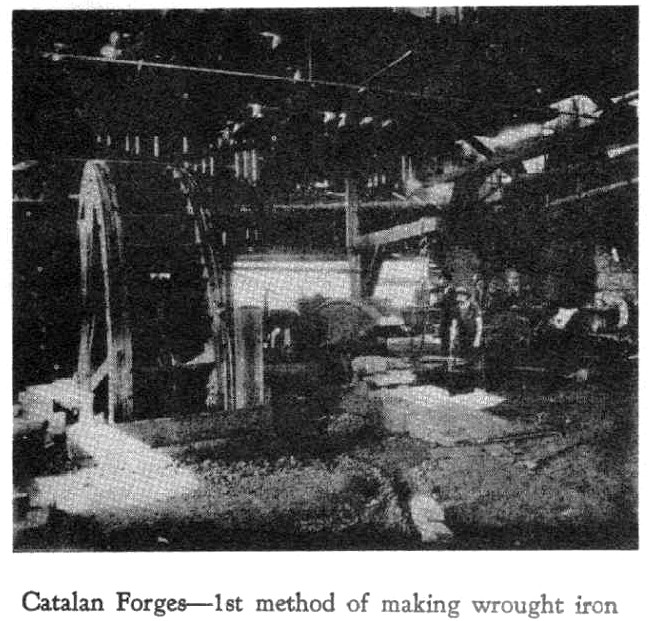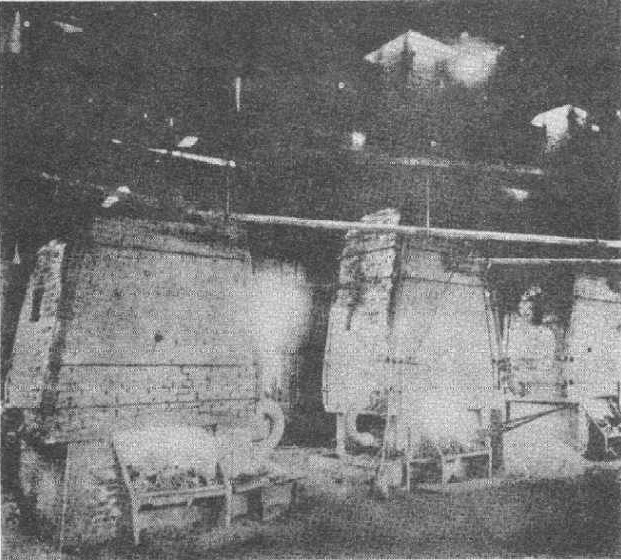Several miles westward of the Chateaugay Mine
and on the same strike as the Chateaugay ore bed, is an old opening (81
Mine), which had evidently been worked to a considerable extent at some remote
period. A shaft had been sunk from which quantities of waste, which today
would be good ore, had been thrown out and left. Trees of considerable
size had grown over some of this waste pile. Lloyd N. Rogers purchased
this land containing the mine in 1822 and in the following year a trapper,
Collins, is credited with having found the body of ore, practically phosphorous
free, known as "Chateaugay".
Even after the ore bed was known, it excited little
interest among capitalists, for it was far from lines of transportation,
lying in a region abounding in natural obstacles, held to be practically
insurmountable against the building of roads. So not until 1868 were the
first steps taken toward utilizing this treasure. In that year Foote, Weed,
Meade & Waldo made a contract with Edmund L. Rodgers of Baltimore, the
son of Lloyd N. Rodgers. Soon after they obtained possession of the
property. Even then little development was done in the next five years.
Small groups of men dug ore during the summer, piling
it on the surface to be loaded during the winter months and hauled by horse-drawn
sleighs through the wilderness to the Catalan forges on the Saranac
River. In 1874, twenty Catalan forges together with charcoal
kilns were erected at the outlet of the Chateaugay Lakes at Belmont.
All the charcoal and ore were moved on the lake in barges hauled by steamboat
in the summer and by horses and sleds in the winter. The blooms and
billets of almost pure iron were hauled to Chateaugay and shipped by rail
to the steel mills in Pennsylvania and Ohio.
The Catalan forge furnace in which iron was
made direct from ore, was an open hearth, similar to a black-smith forge
but larger in size. The hearth was about 2 1/2 by 3 1/2 with a stack
20 to 25 feet high. Blast was furnaced either by a bellows or means of a
trompe. The pipe that carried the air to the hearth was coiled in the stack
of the furnace, the object being to preheat the blast, thus saving fuel.
The operation consisted of a charcoal fire, stimulated by a blast of air,
to which iron ore and charcoal in small quantities were added alternately
by the bloomsmen who also regulated and adjusted the fire until the batch
of iron, called a "loupe", weighing about 300 pounds was made. This
usually took about three hours.


Go to Page 1 of The History of Lyon
Mountain.
Go to Page 3 of The History of
Lyon Mountain.
Go to Mining History for The
History of Mining in the North Country.
Go to Page 5 of The History of Lyon
Mountain.(for article on Lyon Mt. and Mineville)

